There are specific cases in which auto-incremented values can be lost. One example is if you roll back an insertion. As per the doco:
"Lost" auto-increment values and sequence gaps
In all lock modes (0, 1, and 2), if a transaction that generated auto-increment values rolls back, those auto-increment values are "lost". Once a value is generated for an auto-increment column, it cannot be rolled back, whether or not the "INSERT-like" statement is completed, and whether or not the containing transaction is rolled back. Such lost values are not reused. Thus, there may be gaps in the values stored in an AUTO_INCREMENT column of a table.
In that case, although the insert is backed out, the auto-increment may not be. That would certainly allow for the possibility that your bulk insertion from Excel is occasionally failing and retrying, with the subsequent retry working. It really depends on how your insertion process works.
In any case, assuming those values will always be contiguous is actually a bad assumption to make.
This is because, even if insertions were guaranteed to be contiguous, it's possible to delete rows which would result in gaps appearing. You can certainly fix this each time you delete (or bulk insert for that matter) but the workload is high - you basically have to find gaps and then "move" higher entries into those gaps.
This movement is likely to be non-trivial as it's most likely that there will be other tables holding key look-ups to that column, and each of those will need to be changed as well.
So the best use case for an auto-increment field is simply to provide a unique identifier for the row where no other one exists and not to be necessarily contiguous.

